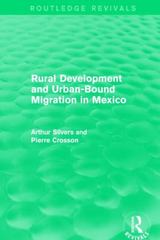Question
Floo is a monopolist in the toilet paper industry of both Freedonia and Baldonia. The demand curve for toilet paper in Freedonia is given by
Floo is a monopolist in the toilet paper industry of both Freedonia and Baldonia. The demand curve for toilet paper in Freedonia is given by QF = 2000- PF, where PF is the price in $ of a unit of toilet paper and QF is the number of units sold per month in Freedonia. The demand curve for toilet paper in Baldonia is given by QB = 5000 - 4PB, where PB is the price in $ of a unit of toilet paper and QB is the number of units sold per month in Baldonia. The marginal cost is $300 per unit in both markets.
Scenario 1: Suppose that the Floo must charge the same price in both markets. What is the profit-maximizing number of units sold in Freedonia and Baldonia per month? What is the corresponding profit-maximizing price?
Scenario 2: Suppose for the rest of the exercise that the Floo can charge different prices for its toilet paper in the two markets. What is the profit-maximizing quantity of toilet paper sold in each market per month? What is the profit-maximizing price of toilet paper in each market?
Scenario 3: After implementing the production plan that you solved in Scenario 2 (under different prices) and producing QB+QF units of toilet paper this month according to the plan, Floo discovers that it can obtain up to 300 units of extra toilet paper this month from another warehouse. The cost of acquiring each unit from the warehouse is $200. Whatever Floo acquires from the other warehouse, it must sell it this month. In this scenario, how many additional units would Floo sell and what price would it charge in each market this month?
Step by Step Solution
There are 3 Steps involved in it
Step: 1

Get Instant Access to Expert-Tailored Solutions
See step-by-step solutions with expert insights and AI powered tools for academic success
Step: 2

Step: 3

Ace Your Homework with AI
Get the answers you need in no time with our AI-driven, step-by-step assistance
Get Started


